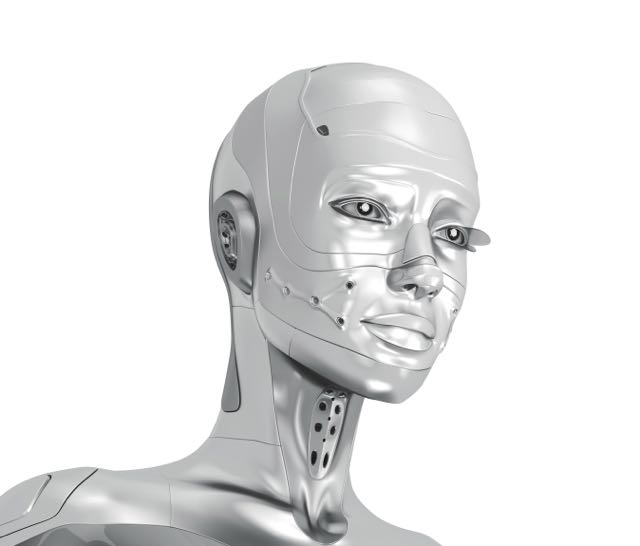A magazine where the digital world meets the real world.
On the web
- Home
- Browse by date
- Browse by topic
- Enter the maze
- Follow our blog
- Follow us on Twitter
- Resources for teachers
- Subscribe
In print
What is cs4fn?
- About us
- Contact us
- Partners
- Privacy and cookies
- Copyright and contributions
- Links to other fun sites
- Complete our questionnaire, give us feedback
Search:
The Silver Lady
by Jane Waite, Queen Mary University of London

Babbage built machines and he bought them too. He is said to have owned the Silver Lady automata: a mechanical figure. She was an elegant Victorian lady that bowed and moved an eyeglass before then delicately peering through it. When inviting Ada to one of his parties, Babbage wrote "I hope you intend to patronize the 'Silver Lady'. She is to appear in new dresses and decorations." We don't know what Ada thought of this mechanical woman but these clockwork figures were popular parlour entertainment of the time. No TV, iPads or Xboxes to keep you amused. Robot toys are back in fashion though!
Some of these mimicking machines still exist such as the three French automata of the musician, the draughtsman and the writer, created in the 18th century by Pierre Jaquet Droz. These clockwork toys did just what their titles imply, but in a very simple way.
Perhaps Ada saw such automata and compared them to the prototype pieces of the machines she was working with: Charles Babbage's number crunching Difference Engine and the complex designs of the computing Analytical Engine. Perhaps she saw the similarities as well as the differences. She certainly saw beyond Babbage's view of his inventions, concluding that something like the Analytical Engine might one day be used to compose music. This ability to see differences and similarities and draw conclusions about how something can be used in wider ways is a key skill of the computer scientist. A fundamental part of the computational thinking skill set, it is called generalisation. Computer scientists use it to magpie ideas and reuse and repurpose them in new and novel ways.
Ada wrote of the Analytical Engine ' (it) might act upon other things besides number, were objects found whose mutual fundamental relations could be expressed by those of the abstract science of operations, and which should be also susceptible of adaptations to the action of the operating notation and mechanism of the engine. Supposing, for instance, that the fundamental relations of pitched sounds in the science of harmony and of musical composition were susceptible of such expression and adaptations, the engine might compose elaborate and scientific pieces of music of any degree of complexity or extent."


